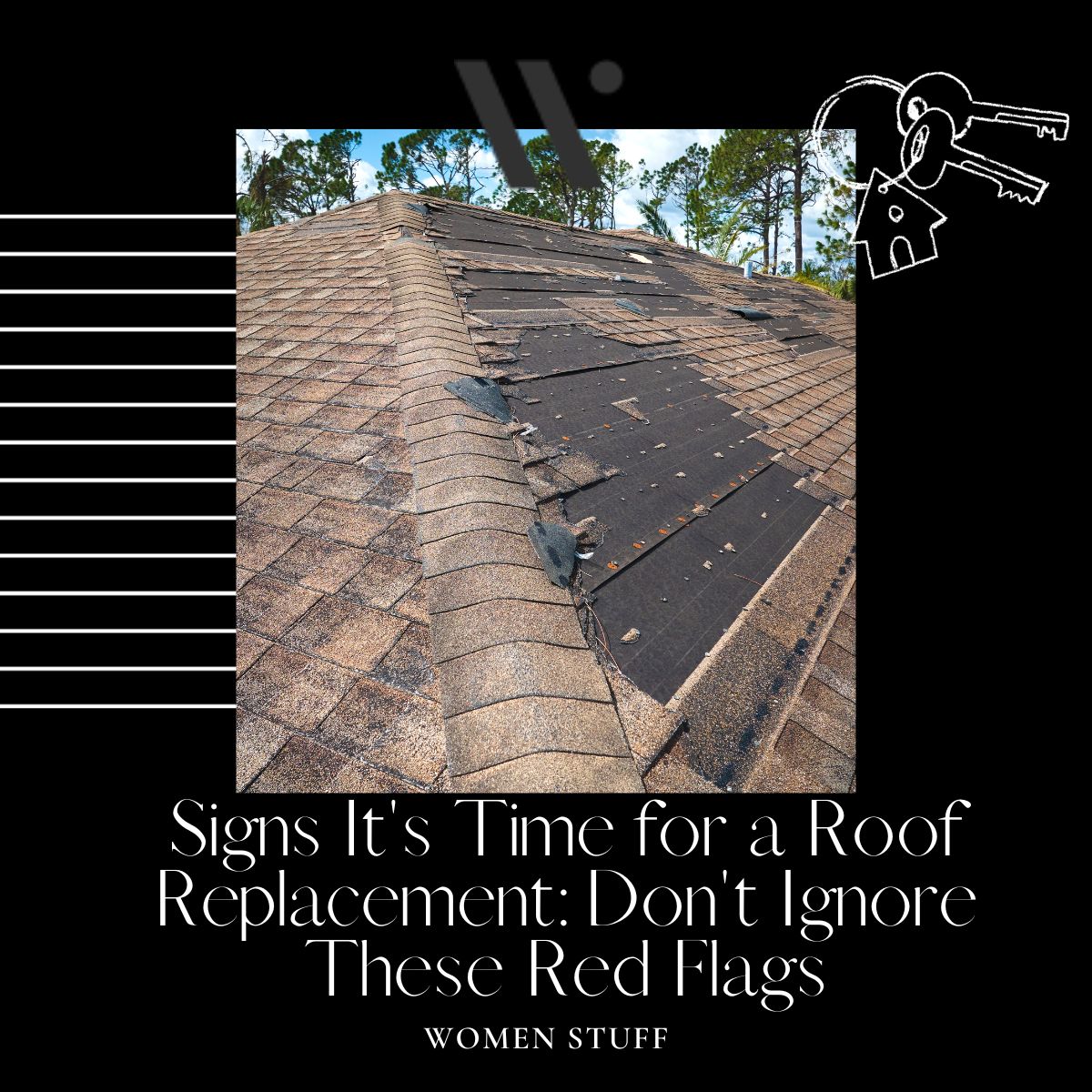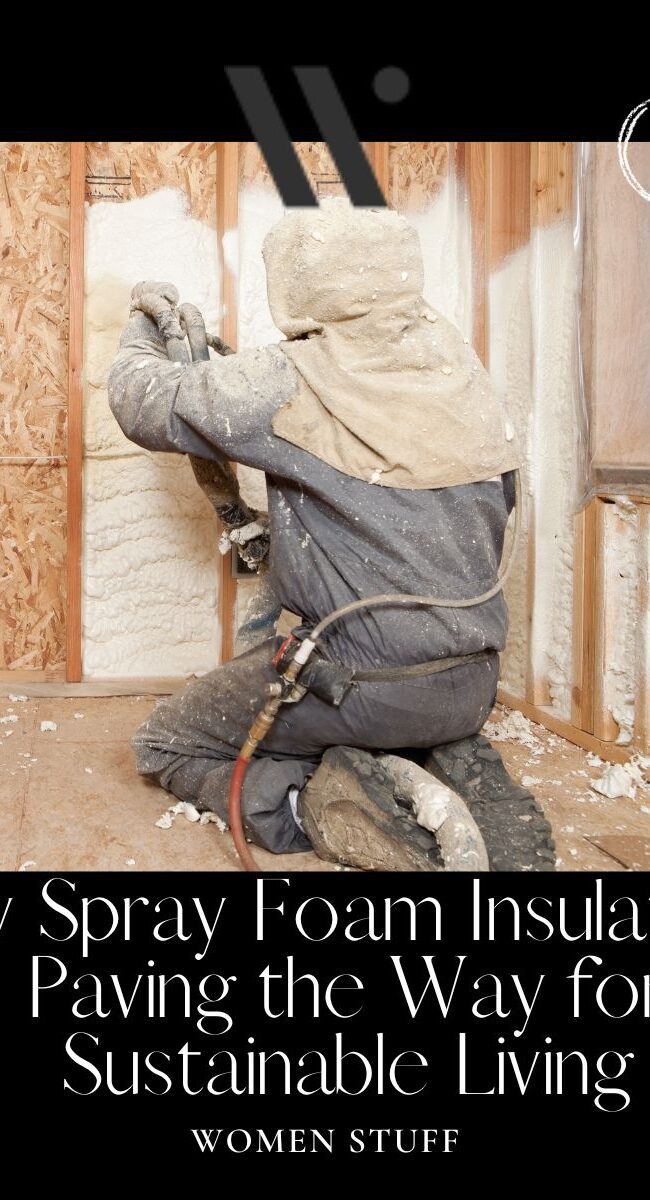
Signs It’s Time for a Roof Replacement: Don’t Ignore These Red Flags
Your roof, arguably the most important part of your home, bravely stands guard against the elements. Over time, however, it can wear out and might need to be replaced. Knowing when it’s time for a new roof is crucial to prevent more significant damage to your home.
This guide will walk you through the red flags that indicate it’s time to consider a roof replacement. Don’t ignore these warning signs, which can lead to costly and potentially dangerous consequences if left untreated.
Types of Roof Damage
There are various types of roof damage that can occur over time. Some common reasons for needing a roof replacement include:
Age
The average lifespan of an asphalt shingle roof is about 20 years. If your roof is approaching this age, it’s time to consider a replacement.
Weathering
Exposure to harsh weather conditions such as heavy rain, hail, and extreme temperatures can cause significant damage to your roof over time.
Poor Installation or Maintenance
If your roof was not installed correctly or has not been properly maintained, it may have more significant issues that must be addressed.
Mould and Algae Growth
If you notice dark streaks or patches on your roof, it could be a sign of mould or algae growth. This can lead to weakened shingles and eventually cause leaks.
Damaged Shingles
Cracked, curled, or missing shingles are all signs that your roof may need to be replaced. These issues can lead to water getting under the shingles and causing rot or mould growth.
Sagging or Dipping
If your roof is sagging or dipping in certain areas, it could be a sign of structural damage. This is a severe issue that requires immediate attention.
Signs It’s Time to Replace Your Roof
Now that we’ve covered some of the common reasons for needing a roof replacement let’s dive into the specific signs that indicate it’s time to take action:
Leaks
This is perhaps the most obvious sign that your roof needs to be replaced. If you notice water dripping or stains on your ceiling, it’s time to call in a professional.
Visible Damage
As mentioned above, cracked, curled, or missing shingles are all signs that your roof is nearing the end of its lifespan. If you notice large areas of damage, it’s time to consider a replacement.
Increased Energy Bills
A worn-out roof can lead to poor insulation and higher energy bills. If you’ve noticed a significant increase in your energy costs, it could be a sign that your roof is no longer functioning properly.
Mould or Mildew Growth
As mentioned earlier, mould and mildew growth on your roof can cause significant damage and are clear signs that it’s time for a replacement.
Granule Loss
Check your gutters and downspouts for granules from your shingles. If you notice a significant amount of granule loss, it could be a sign that your shingles are deteriorating and need to be replaced.
What to Look For During an Inspection
If your roof shows any of the signs mentioned above, it’s important to have a professional inspection done to assess the extent of the damage. When scheduling an inspection, here are a few key things to look for:
Interior Leaks
Check your ceilings and walls for any water stains or discolouration.
Exterior Damage
Look for missing or damaged shingles and any signs of sagging or dipping.
Gutter and Downspout Issues
Make sure your gutters are clear of debris and functioning properly. If you notice a significant amount of granules in your gutters, it could be a sign that your shingles are deteriorating.
Overall Age and Condition
Consider the age of your roof, previous maintenance efforts, and any major weather events that may have caused damage.
The Importance of Acting Quickly
If you notice any red flags or warning signs that indicate the need for a roof replacement, it’s crucial to act quickly. Ignoring these issues can lead to significant damage not only to your roof but also to the interior of your home. It can also result in higher repair costs in the long run.
How to Replace the Roof
Replacing a roof is not a DIY project. It’s essential to hire a professional roofing contractor who has the experience and expertise to ensure your new roof is installed correctly. Here are some steps involved in replacing a roof:
1. Initial Inspection
A professional roofer will assess the damage and provide an estimate for the replacement.
2. Choosing Materials
Work with your contractor to choose the best materials for your home and budget.
3. Tear-Off and Preparation
The old shingles will be removed, and any repairs to the underlying structure will be made.
4. Installation
The new roof will be installed, including any necessary underlayment, flashing, and ventilation systems.
Clean-Up and Final Inspection
The job isn’t complete until the site is thoroughly cleaned and a final inspection is done to ensure the new roof meets quality standards.
Should You Hire Professionals?
While it may be tempting to try and save money by replacing your roof yourself, hiring a reputable and experienced roofing contractor is always best. They have the knowledge, tools, and skills to ensure your new roof is installed correctly and will last for years. Professionals also have access to high-quality materials and can provide warranties for their work, giving you peace of mind. You can contact professionals by visiting their website.
Tools You May Need
If you do decide to take on your roof replacement as a DIY project, here are some tools that may come in handy:
- Safety gear, including harnesses and sturdy shoes
- Ladders or scaffolding
- Roofing materials such as shingles, underlayment, and flashing
- Nail guns and hammers
- Utility knives and other cutting tools
- Measuring tapes and levels
Conclusion
Your roof is an important investment in your home’s protection and should not be ignored when it shows signs of wear or damage. Keep an eye out for these red flags, and if you notice any of them, don’t hesitate to contact a professional roofing contractor. Taking action quickly can save you time and money and prevent potential safety hazards in the future. So, be proactive and ensure your roof is in top condition for years.





